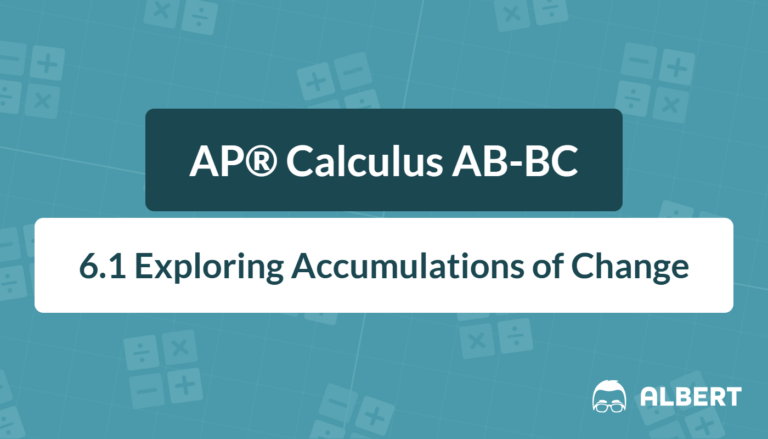
6.1 Accumulation of Change: An AP® Calculus AB–BC Exploration
In AP® Calculus, “accumulation” is measured by the area under a rate curve. This lesson explains how the College Board learning targets CHA-4.A.1–4 bring the

In AP® Calculus, “accumulation” is measured by the area under a rate curve. This lesson explains how the College Board learning targets CHA-4.A.1–4 bring the

A curve carries far more information than meets the eye. On the AP® Calculus exam, questions often pair a graph of a function with its
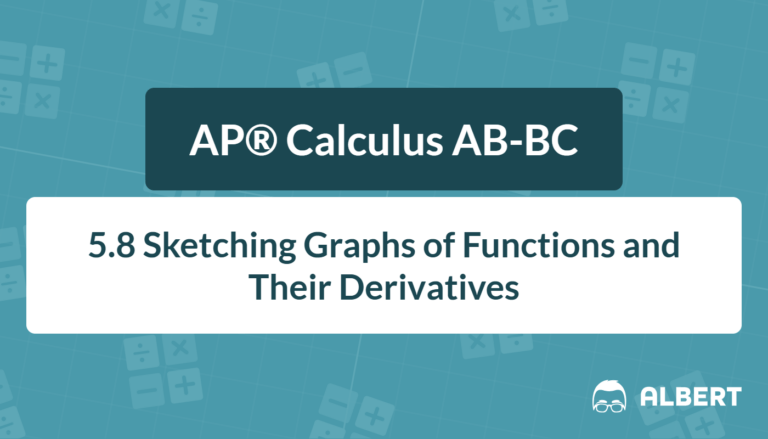
Mastery of “sketch the graph of a derivative” and sketching derivative graphs can turn a tough FRQ into easy points. Therefore, every AP® Calculus student

Ever need an answer now but only have a pencil? Engineers, doctors, and game designers all rely on quick estimates. Linearization supplies those fast numeric
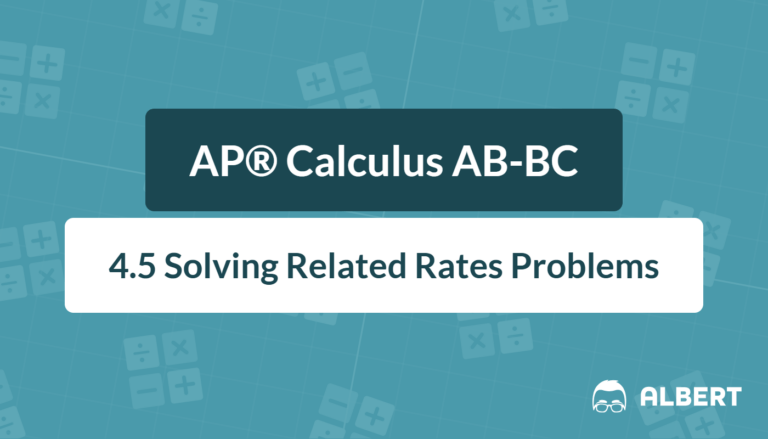
Related rates problems ask, “If one quantity changes over time, how quickly does a connected quantity change at the same instant?” Therefore, the topic sits
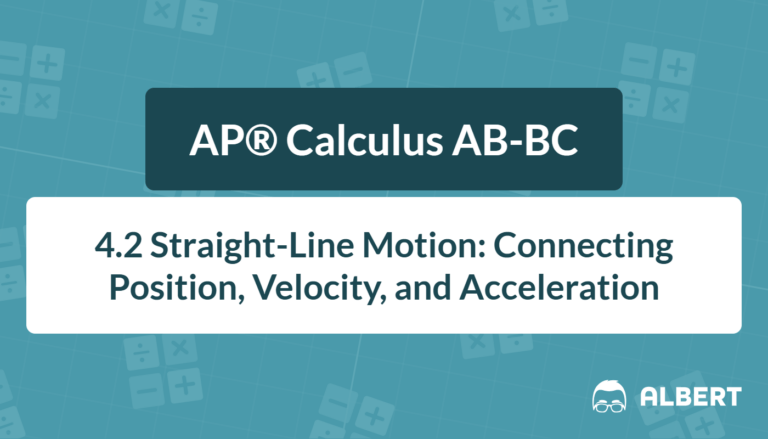
Why study particle motion calculus? On the AP® exam, free-response questions often ask about the way a particle slides along a track or a car

Everyday life is packed with rapid changes—car speedometers, stock growth rates, and profit margins adjust in real time. Therefore, calculus steps in to measure those
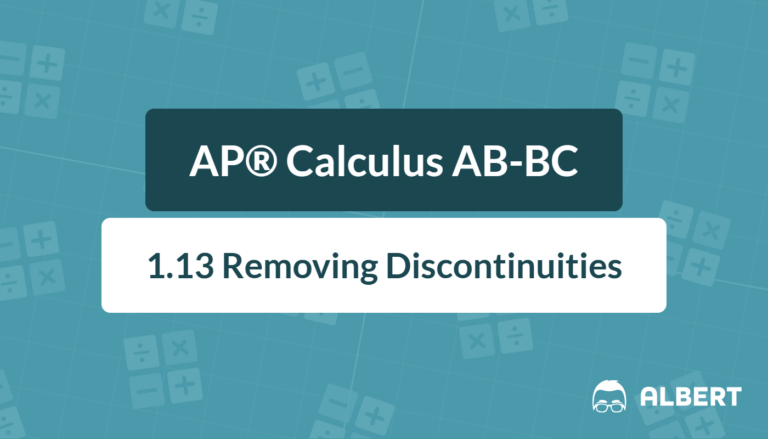
Ever stared at a smooth curve that suddenly has a tiny gap? That “missing pixel” is a key idea on the AP® Calculus AB–BC exams

Understanding limits and continuity unlocks many topics in AP® Calculus. When limits behave nicely, derivatives and integrals often follow quickly. However, graphs sometimes feature a